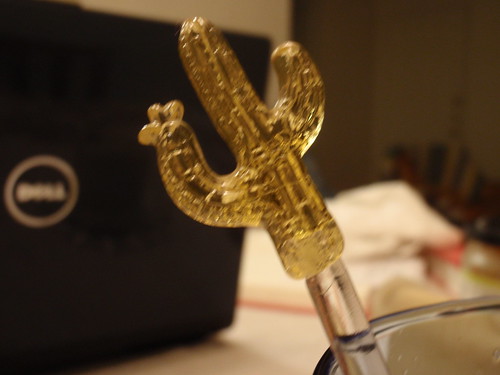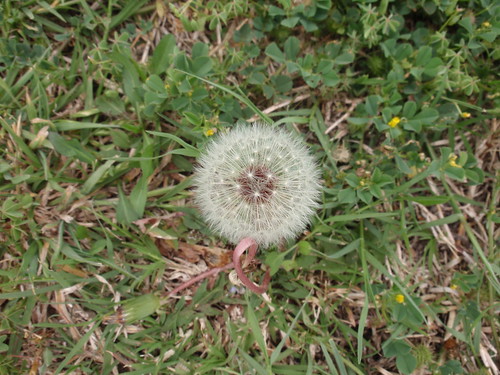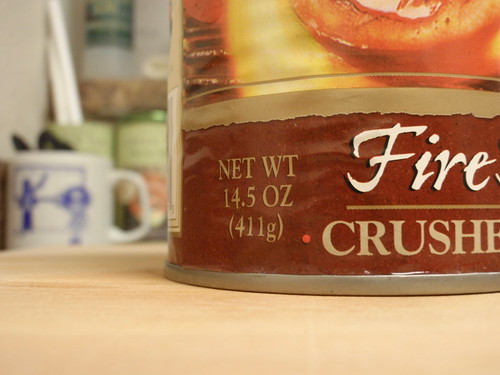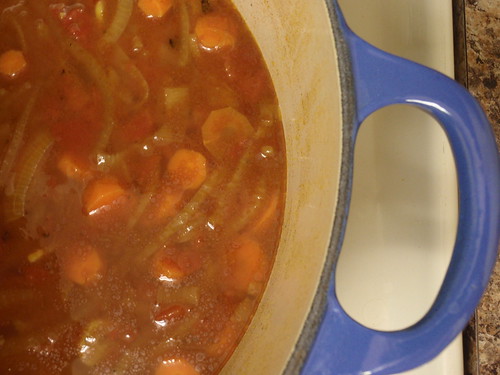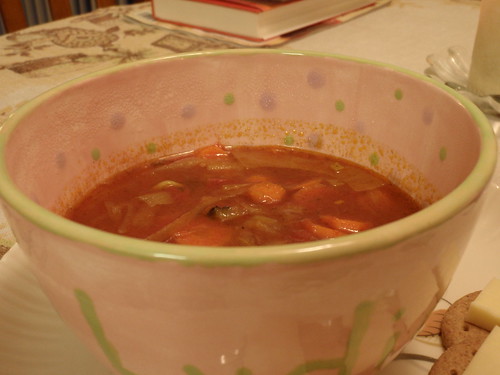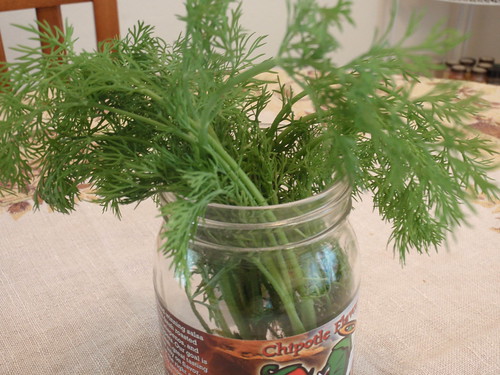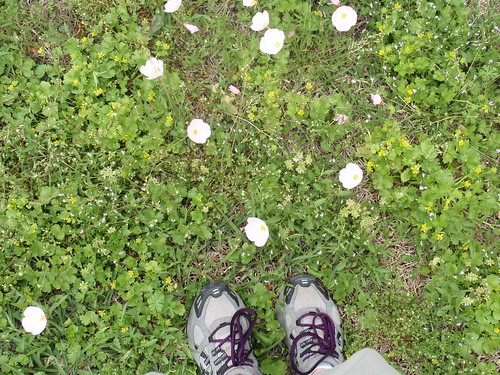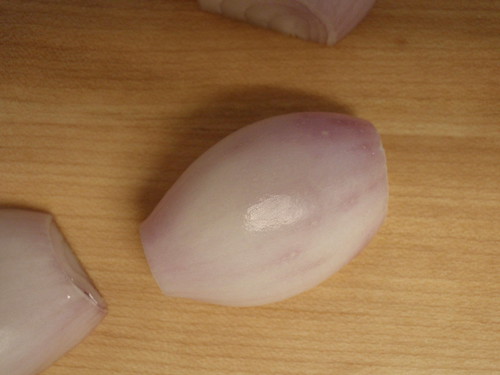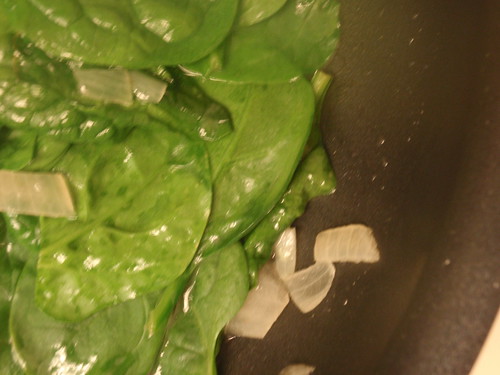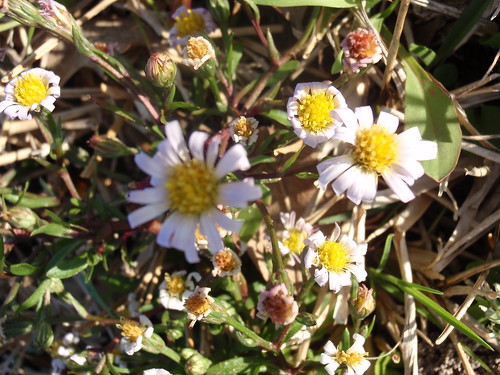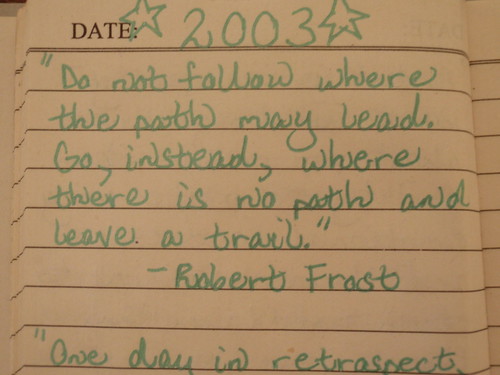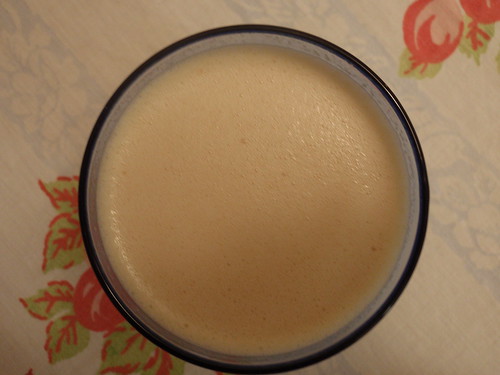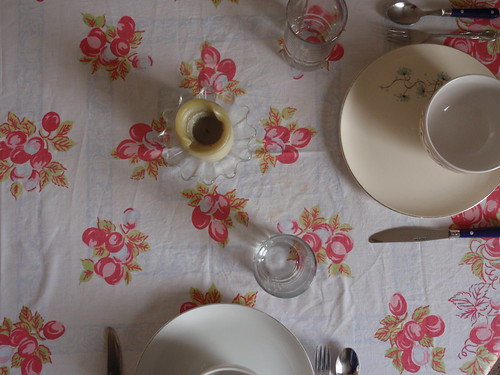Last week, I had a perfect evening. It was so relaxing, so delightful that it carried that magical vacation quality—the one that sweeps away all your worry and stress and leaves you feeling blissfully calm and happy.
It started with a swimming pool. My apartment complex has a salt-water pool. It looks like a regular in-ground swimming pool, but it lacks that horrible bleachy smell of chlorinated water. Lounge chairs and palm trees are scattered around the pool, and sometimes tiny lizards hang out on the metal fence that guards the pool area. When I was looking at apartments back in September, I was immediately charmed by the salt-water pool. It was a sign: this is the place for me. I had never lived in a place that had its own pool, let alone one that felt like I was stepping into a spa resort.
I arrived in Texas in October of 2009, but I was overwhelmed by the chaos of moving and never made it into the pool before winter arrived. I spent Sundays in January relaxing in a lounge chair by the pool, reading science papers but never dipping a toe in the water—it was too cold. Even now, in late April, the water feels chilly at first, and I gasp in shock at the cold when my legs meet the water. But I go deeper—knees, thighs, bum, stomach, arms—until I push off a wall to begin swimming and all of a sudden the water feels perfect—cool and gentle, alternately resisting my movement and then carrying me along in my own currents.
Last Wednesday I went for my first swim. I use the term “swim” loosely because I discovered that the shallowness of my pool—it’s only 4 feet deep at its max—is perfect for aqua-jogging, which is exactly what it sounds like: running in the water. When I was on the cross-country team in college, we used to aqua-jog for our morning work-outs, and much as I hated working out at 6:30 AM, I loved aqua-jogging. It felt like a massage, loosening up all my muscles and leaving me feeling energized and refreshed.
In my new pool, I swam and I aqua-jogged and I tried not to think about people watching me because I have no grace when I’m flopping around in water. Instead, I focused on how good the water felt and when I was on my back, kicking along, I watched black birds flying high above me in a jewel-blue sky. And when I finally toweled myself off and went home, I felt like I was coming back from somewhere amazing, like a spa in California. I couldn’t remember the last time I felt that relaxed.
All that splashing around in water left me thinking about one thing: dinner. Last week I ate a lot of pasta, but only one of those dinners is worthy of your attention. I have three words for you: vegetarian pasta carbonara. While wandering about the interwebs, I found a recipe over at The Kitchen Sink for Bucatini Carbonara and immediately started salivating for a vegetarian version. To tell you the truth, I have wanted to try making a pasta carbonara for a long time, ever since I saw a very garlicky version in Passionate Vegetarian. But I was scared of the raw egg that gets mixed with Parmesan cheese and other goodies to make a rich sauce for the hot pasta. This time I had no fear. Carbonara is actually very easy to make: boil pasta, prepare sauce, toss pasta in sauce, season to taste, and boom—dinner is served. I knew I could handle it.
Kristin’s recipe calls for cooking a leek in fat rendered from a hunk of pancetta. I’m sure that’s delicious and all, but it’s definitely not vegetarian. But I loved the idea of caramelized onion adding sweetness to the salty, savory pasta. To add an element of smoke, I sprinkled smoked paprika into the caramelized onion just before tossing the onion into the pasta. It worked like a charm. The finished dish pushed all the right buttons: chewy pasta, savory cheese, smoky sweet onions, and a very healthy amount of black pepper. My belly is starting to grumble right now, asking for more vegetarian pasta carbonara. No worries: I made it again tonight and the leftovers will not go to waste.
Vegetarian Pasta Carbonara
Adapted from this recipe
Serves 2-3
1 tbsp. extra-virgin olive oil
1 medium or large red onion, very thinly sliced
Generous pinch of salt, plus more to taste
2 cups uncooked dried pasta, such as rotini (I’ve been enjoying a rotini from Barilla—the Barilla PLUS Rotini, which is a multigrain pasta that also packs in some fiber and protein. Plus it has a great texture—hearty without being gritty!)
1 egg
1/3 cup coarsely grated Parmesan cheese
Lots of freshly ground black pepper—I recommend at least 20 grinds from the pepper grinder. (Counting is easier than measuring!)
1/2 tsp. smoked paprika
1) In a large saucepan, heat the olive oil over medium-high heat. Add the onion slices and toss them in the hot oil until coated and a little bit softened. Add the pinch of salt and turn the heat down to medium. Let the onions cook for a few minutes, then turn the heat down to medium-low and let them cook here while you get the pasta going. Stir the onions once every few minutes.
2) Heat a large pot of water for the pasta and then cook the pasta according to the package’s directions.
3) While the onions and pasta are going, make the sauce. Place the egg and cheese in a medium or large mixing bowl. Whisk them together with a fork and then mix in the black pepper. (Don’t forget to stir the onions!)
4) When the pasta is almost done, spoon out a tablespoon of the pasta water and slowly whisk it into the egg and cheese mixture. (Stir the onions again.)
5) Drain the pasta and then add it to the sauce. Toss the pasta with the sauce for a minute or two to coat it and melt egg/cheese mixture into a nice creamy sauce. (More onion-stirring, please.)
6) By this time the onions should have cooked down into a nice pile of caramelized goodness. Add the smoked paprika to the onions and let it cook over the medium-low heat for about 30 seconds. Add the onions to the pasta mixture, toss everything together, and taste. Season with salt and serve.
PS I think the Wikipedia entry for carbonara is fascinating! Also, please forgive me for leaving out the pork in my vegetarian carbonara. In cooking, adaptation is the sincerest form of flattery, no?



